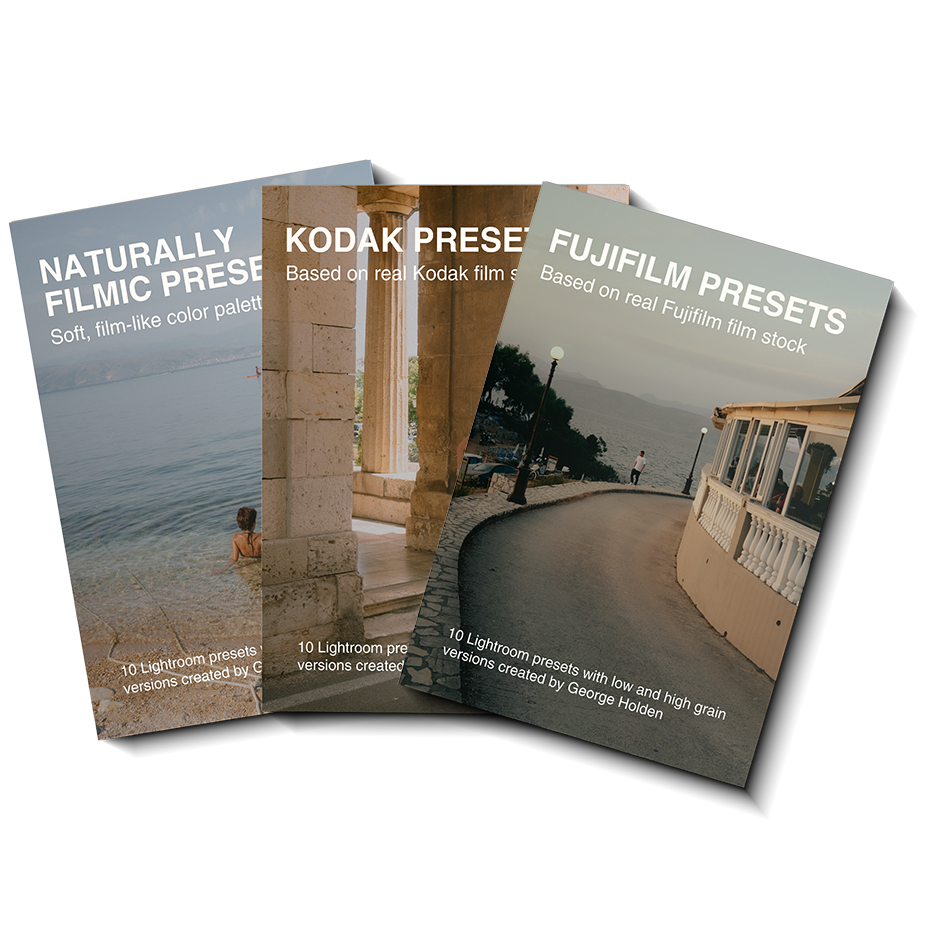Why Your New Camera Feels Like a Step Back
Ah, the thrill of getting your first DSLR, after the honeymoon phase with the kit lens, most of us quickly gravitated towards that game-changing second lens: the nifty fifty. Do you remember the first time you slipped on that 50mm f/1.8? The excitement of diving into manual exposure, paired with the dreamy, shallow depth of field—it was photography bliss!
…some of my 2012 photos, from my Canon 550D and nifty fifty ⬇️
Looking back, that nifty fifty was one of the best, most affordable upgrades we ever made. It’s funny how the joy of that moment lingers, while each subsequent upgrade—a new camera or lens—feels a bit less thrilling. With new innovations often just trickle-down features from professional models, it can feel like we’re not getting anything fresh or unique in our smaller cameras.
Much like the iPhone upgrade cycle, it seems we’re compelled to keep buying the latest gear. Yet, I often find myself reflecting on the usability of a camera rather than pixel-perfect comparisons. Here’s why: every digital camera I’ve shot with delivers images that feel surprisingly similar once I export them from Lightroom. It’s rare that a camera underperforms for my needs; they all do the job well enough.
What truly matters is the experience of using the camera. That’s what differentiates a Canon from a Nikon, or one model from another. When it comes to film, the same principle applies. All film cameras serve the same basic function—allowing light to hit film—so the choice often comes down to the feel of the camera in your hands and the joy of shooting with it.
This brings me to a recent standout release: the Leica M11D. This camera makes sense to me, especially as someone who often closes the LCD screen on a mirrorless model and prefers to shoot through the EVF with zone focus manual lenses. Sometimes I think about returning to a more traditional setup, perhaps even a digital rangefinder, but not quite at the price of an M11D.
What I appreciate about niche products like the M11D is how they attract a specific group of enthusiasts, rather than attempting to cater to everyone. As we each carve out our own niche in photography—discovering our style and preferred gear—this journey is both exciting and occasionally frustrating. I’ve felt myself bouncing between styles lately, which makes me wonder if my camera testing is a factor. To truly find out, I’d need to stop testing new gear altogether. That could be a challenge!
Sometimes, it’s the shooting environment that impacts my choice of lens. A 35mm might not be ideal in a given situation, leaving me wishing for a 50mm on days when I’m feeling shy and don’t want to intrude on others. On other days, I crave the wide-angle perspective and love being in the thick of it with a 28mm.
This leads me to realize the value of zoom lenses—they offer flexibility for those mood swings we all experience. Speaking of flexibility, I’ve been using my Sony RX1 for nearly three months now, and I have some updated thoughts to share in an upcoming review. Despite its age, the RX1 still feels fresh due to its full-frame sensor and fantastic fixed lens, but is it worth the price tag for a 12-year-old camera? That’s a tricky question!
As camera companies continue to roll out high-tech options, I find myself yearning for something more engaging. Pentax’s recent foray into niche products, like the half-frame film camera, gives me hope. Yet it’s tough to convince brands to embrace this strategy fully, given the broader market demands.
It’s fascinating to see established names like Canon, Nikon, and Sony pushing the envelope with their tech offerings, but I long for a simpler, more engaging shooting experience. Nikon’s ZF and ZFC models hint at a shift back to basics, and while that’s promising, I believe we can go even further.






